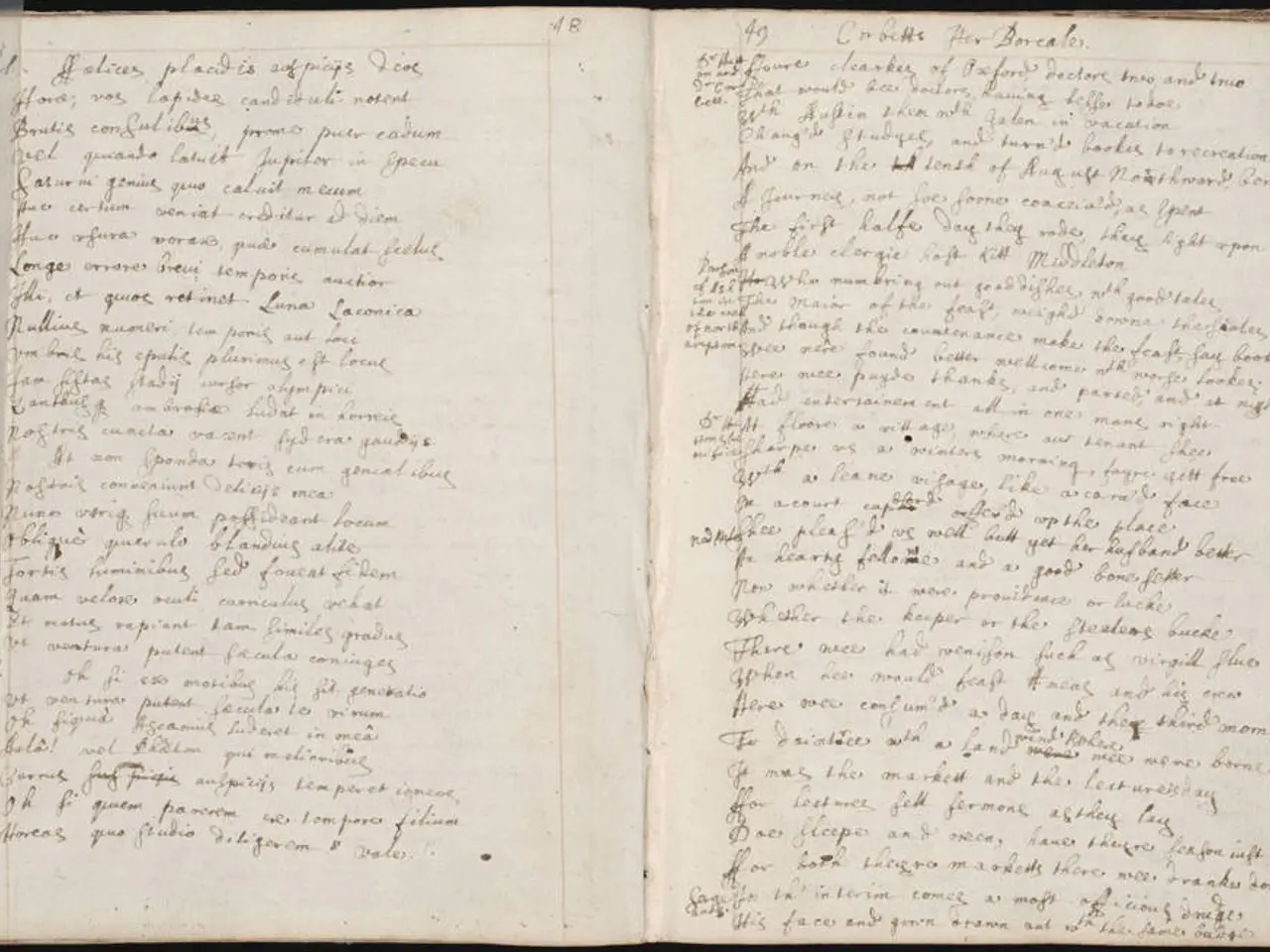Instructions on Conducting Literature Reviews
Writing a Literature Review: A Comprehensive Guide
A literature review is an essential part of academic research, requiring careful planning and execution. Here's a step-by-step guide on how to write an effective literature review.
Step 1: Formulate the Research Question
Start by defining the research question or problem you want to explore. This will guide your search for relevant literature and help you focus on the objectives of your review.
Step 2: Conduct a Comprehensive Literature Search
Next, search for academic sources related to your topic. Use databases, libraries, and other scholarly resources to gather materials.
Step 3: Read and Analyze the Selected Literature
Critically read and analyze the sources you've selected. Summarize key findings, identify themes, gaps, and controversies, and evaluate the relevance and quality of each source in relation to your research question.
Step 4: Organize the Literature Logically
Organize the literature logically, often by themes, methods, chronology, or theoretical approaches. Use outlines or concept maps to structure your review clearly.
Step 5: Write the Literature Review
Write the literature review, integrating summaries and critical analysis while synthesizing the information. Connect the sources to show trends, conflicts, and how they relate to your study.
Step 6: Cite All Sources Properly
Properly cite all sources according to the required citation style to maintain academic integrity and allow readers to follow up on the sources.
Additional Practical Considerations
- Clarify the assignment or publication requirements, such as the number and types of sources, and evaluation criteria.
- Maintain a balance by including sources that both support and challenge your perspective for a comprehensive overview.
- Keep notes or use annotated bibliographies during research to track summaries and insights, easing the writing process and preventing excessive re-reading.
Annotated Bibliography
An annotated bibliography can help organize sources and summarize information, making it easier to write the literature review.
Structure of a Literature Review
The introduction introduces the topic, formulates the research question, and explains the significance of the investigation. The main body gathers research findings, organizes them, and analyzes them critically. The conclusion summarizes the key results, discusses the implications for the research, and suggests areas for further research.
Critical Evaluation
Critically evaluating sources involves examining their strengths and weaknesses and their methods. Objectivity in evaluation enhances the credibility of the contribution.
Software Aids
High-quality literature reviews can be facilitated by using software designed to aid in the literature search, analysis, and formatting process.
Refining the Draft
Revising and editing the draft after completion is crucial for clarity, coherence, and conciseness. Seeking feedback from colleagues or mentors can provide valuable insights and improve the quality of the final draft.
The Role of a Literature Review
A literature review can be an introduction to a larger research project or thesis, summarizing existing research findings, identifying gaps, and establishing the relevance of the research question. It can also be a standalone work that focuses solely on summarizing and critically evaluating existing research on a specific topic, valuable for identifying trends, evaluating methods, and making suggestions for future research.
A lack of focus, insufficient critical evaluation, poor organization, and inconsistent citation can compromise the quality of the literature review. By following this structured approach, you can maximize the literature review’s effectiveness in presenting a critical, coherent picture of existing research relevant to your academic inquiry.
The process of writing a literature review can significantly contribute to personal growth and self-development, as it encourages education-and-self-development by challenging one's understanding of a topic through critical evaluation and learning from existing research. An effectively written literature review also fosters personal growth by allowing the author to identify gaps and potential areas for further research, promoting continuous learning.
By mastering the techniques and steps outlined in this guide, such as formulating a research question, conducting a comprehensive literature search, analyzing sources, organizing the literature logically, writing the literature review, citing sources, and refining the draft, one can improve their research skills, furthering their education-and-self-development and supporting personal growth.




